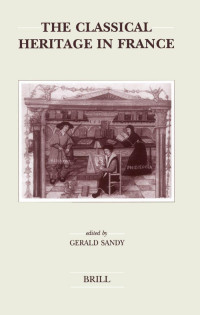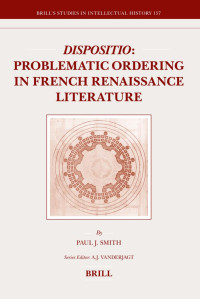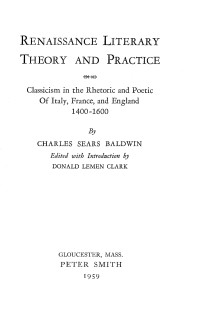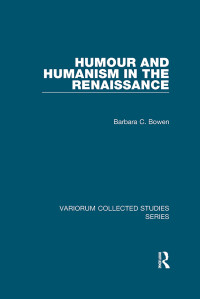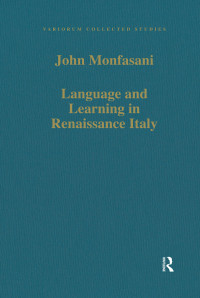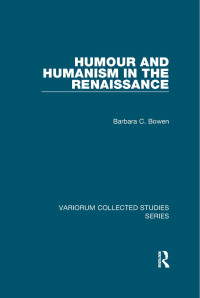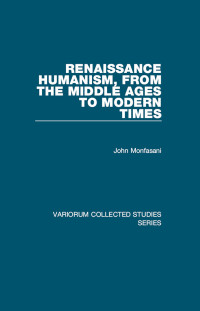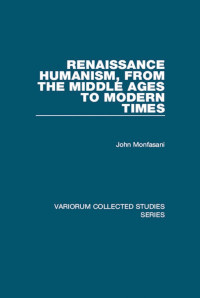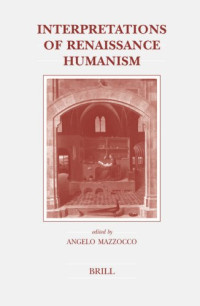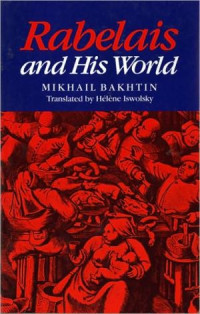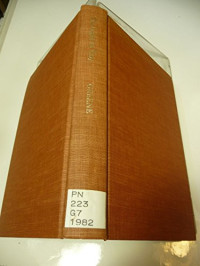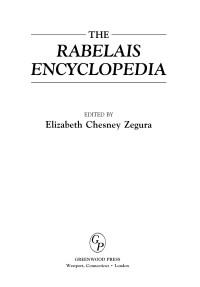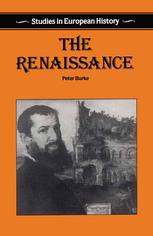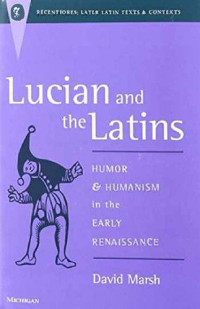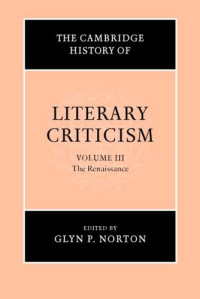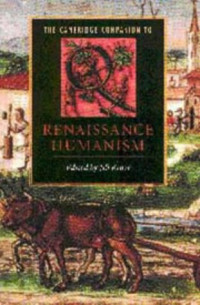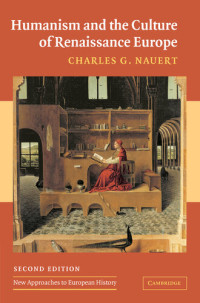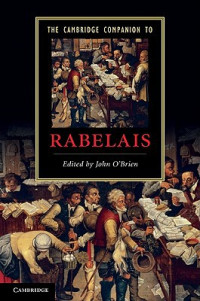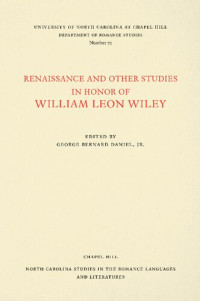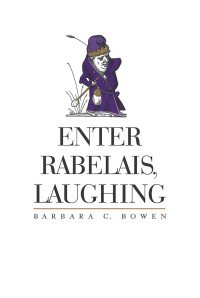
Humour and Humanism in the Renaissance
Barbara C. Bowen
Of the articles in this volume, eight concern a world-famous author (François Rabelais); the others are studies of little-known authors (Cortesi, Corrozet, Mercier) or genres (the joke, the apophthegm). The common theme, in all but one, is humour: how it was defined, and how used, by orators and humanists but also by court jesters, princes, peasants and housewives. Though neglected by historians, this subject was of crucial importance to writers as different as Luther, Erasmus, Thomas More and François Rabelais. The book is divided into four sections. 'Humanist Wit' concerns the large and multi-lingual corpus of Renaissance facetiae. The second and third parts focus on French humanist humour, Rabelais in particular, while the last section is titled '"Serious" Humanists' because humour is by no means absent from it. For the Renaissance, as Erasmus and Rabelais amply demonstrate, and as the 'minor' authors studied here confirm, wit, whether affectionate or bitingly satirical, can coexist with, and indeed be inseparable from, serious purpose. Rabelais, as so often, said it best: 'Rire est le propre de l'homme.'
Năm:
2004
Nhà xuát bản:
Routledge
Ngôn ngữ:
english
File:
EPUB, 1.46 MB
IPFS:
,
english, 2004
 Amazon
Amazon  Barnes & Noble
Barnes & Noble  Bookshop.org
Bookshop.org  Chuyển đổi tập tin
Chuyển đổi tập tin Các kết quả tìm kiếm tiếp theo
Các kết quả tìm kiếm tiếp theo Các lợi ích khác
Các lợi ích khác 


